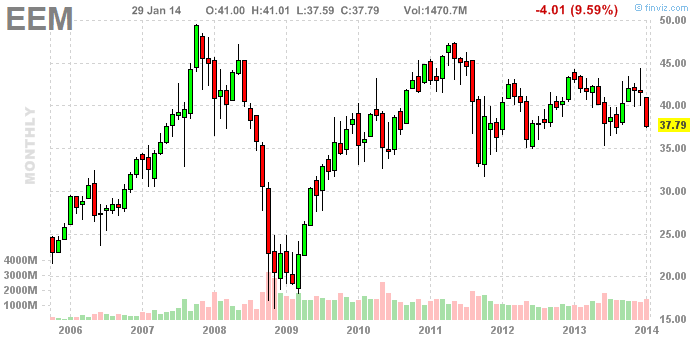The Nifty ended the week -2.83% (-3.29% in USD terms)
Index Performance
The biggest losers were the real estate and bank indices.
Top Winners and Losers
ETFs
| GOLDBEES | -0.03% |
| INFRABEES | -0.68% |
| NIFTYBEES | -2.74% |
| JUNIORBEES | -3.81% |
| BANKBEES | -6.52% |
| PSUBNKBEES | -7.99% |
Advancers and Decliners

Yield Curve
Look at the move at the long-end of the curve.
Investment Theme Performance
| Velocity* | +0.10% |
| Financial Strength Value | -0.07% |
| Balance-sheet Strength | -0.08% |
| Efficient Growth | -0.67% |
| Magic Formula Investing | -0.77% |
| Enterprise Yield | -1.39% |
| Consistent10* | -1.40% |
| Market Elephants | -1.62% |
| Growth with Moat | -2.05% |
| Momentum 200 | -2.70% |
| ADAG Mania | -3.58% |
| Long Term Equity* | -3.60% |
| Market Fliers | -6.67% |
| Quality to Price | -6.75% |
Sector Performance
A sea of read:
Thought for the Weekend
Karl Marx saw England’s impoverished factory workers as evidence that machines were replacing workers, throwing them into unemployment and poverty. For example, the automated power loom took over tasks formerly done by handloom weavers. Over the 19th century, weaver’s tasks were progressively automated.
Weaving a yard of cloth at the end of the century took only 2 percent of the human labor it took to do so on a handloom at the start of the century; machines did the rest.
Marx observed this automation and predicted that it would result in mass unemployment. But that’s not what happened. In fact, by the end of the century, there were four times as many factory weavers as in 1830. What Marx missed was that the new technology also increased demand. The greater output per weaver reduced the price of cloth. Consumers reacted by buying more cloth. Greater demand for cloth meant more jobs for weavers despite the automation.
Source: Will robots steal our jobs?






















